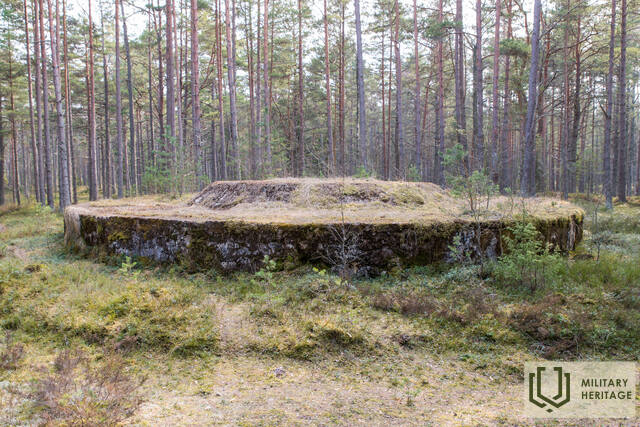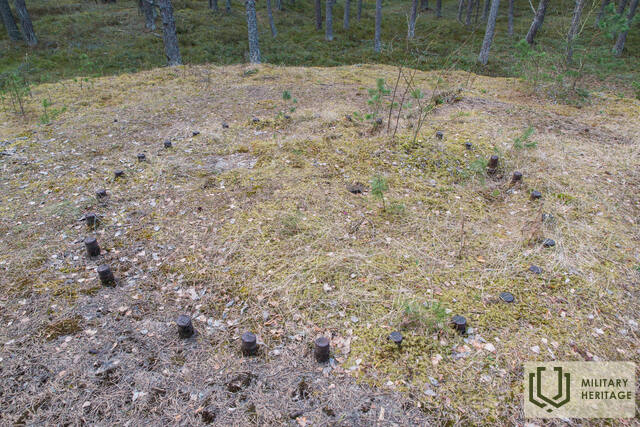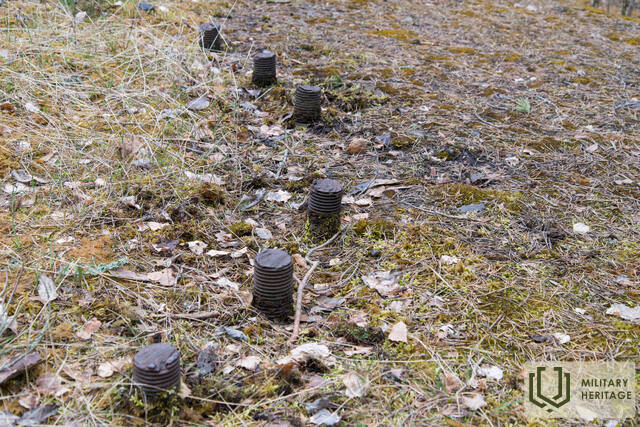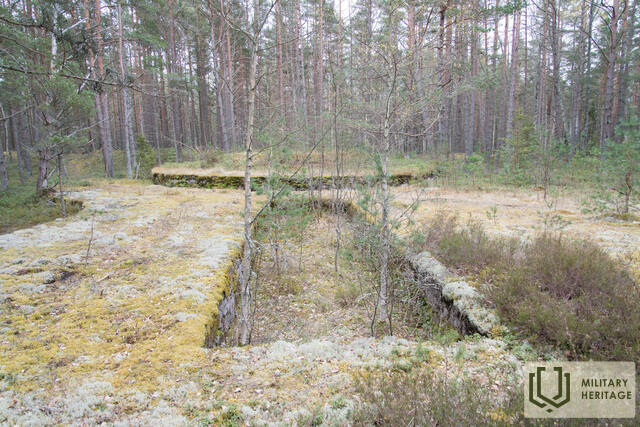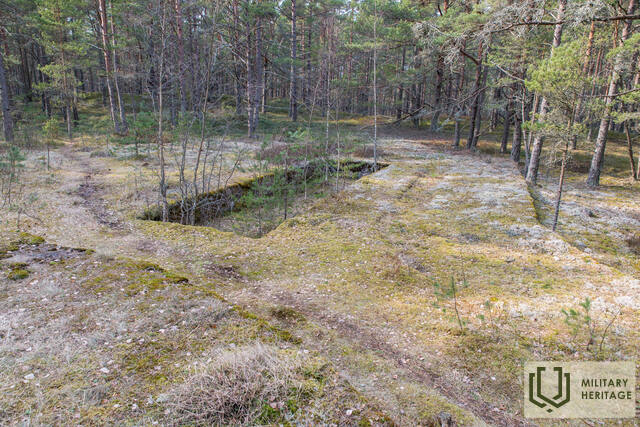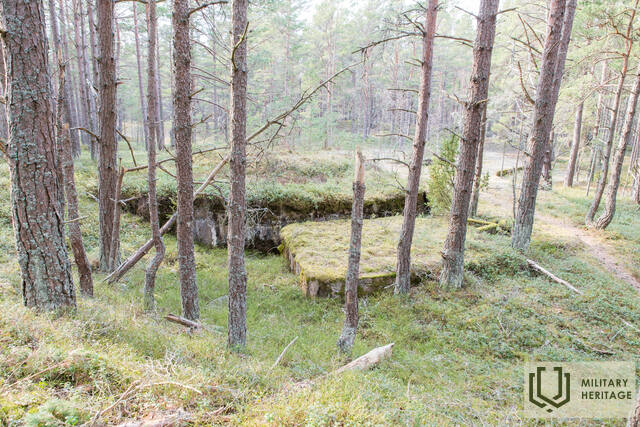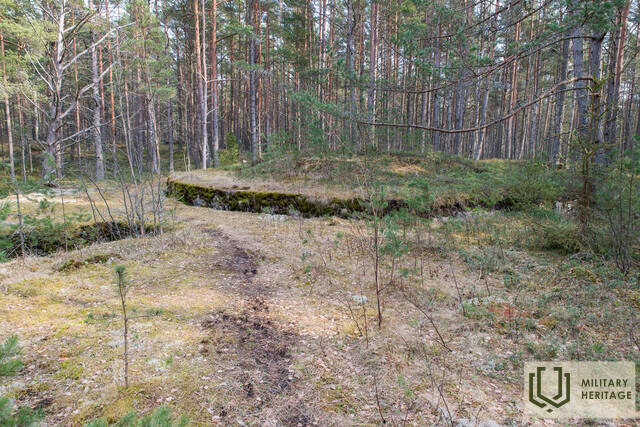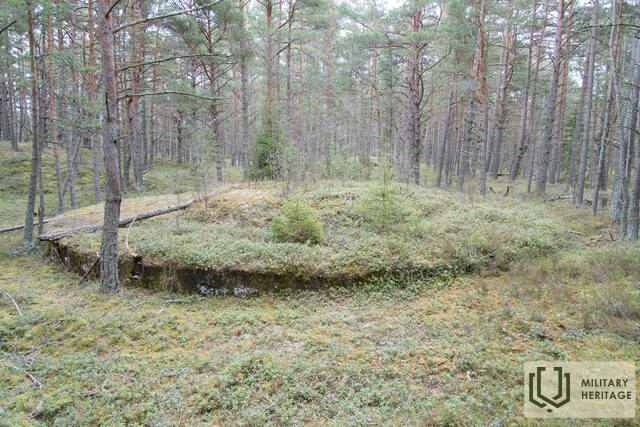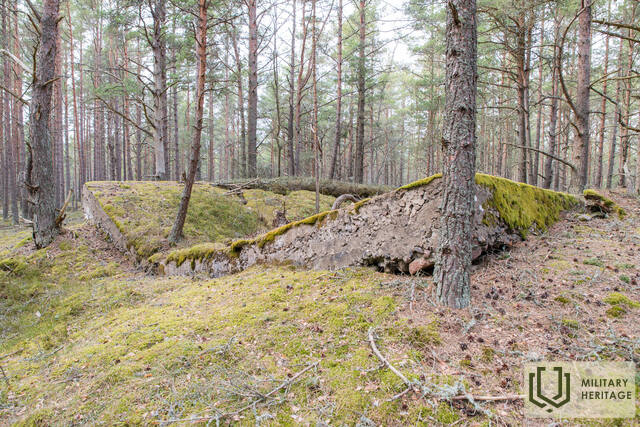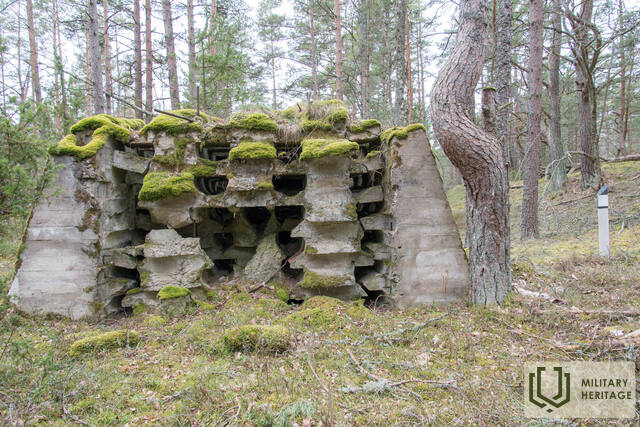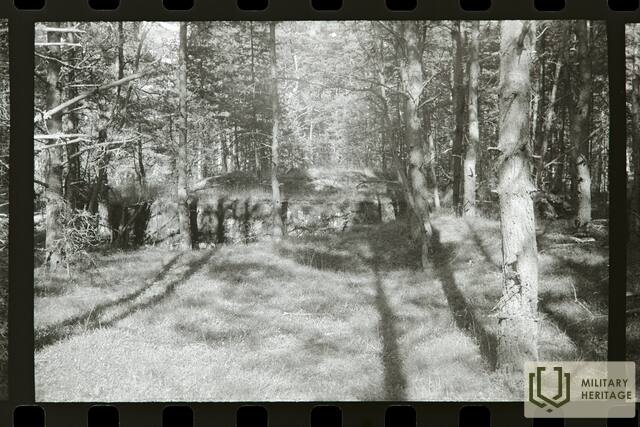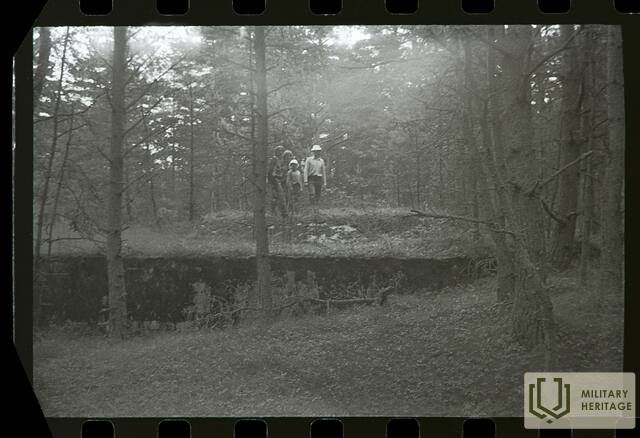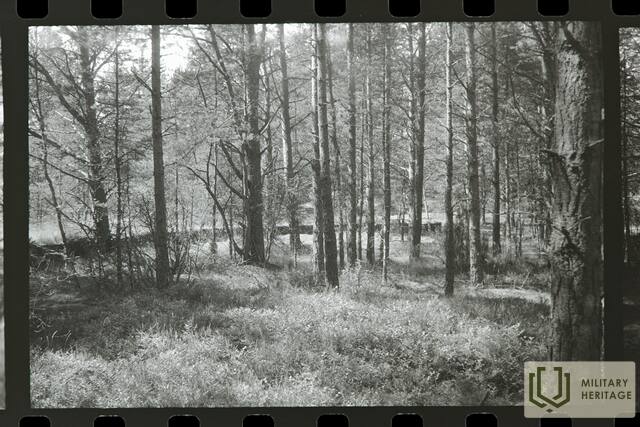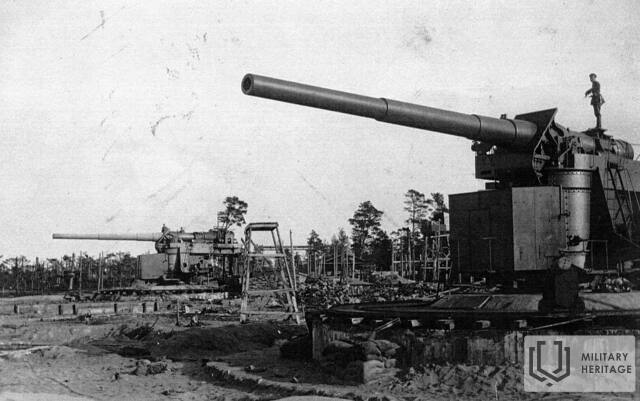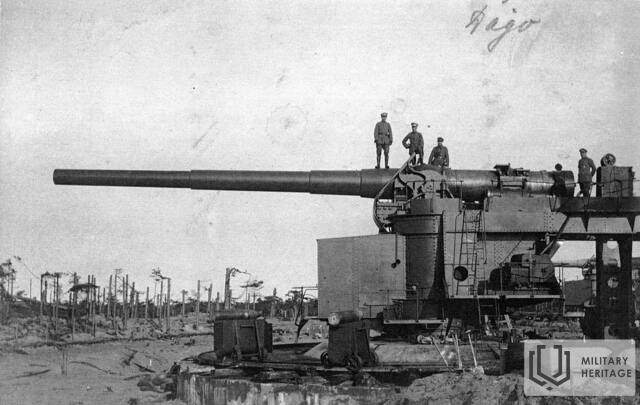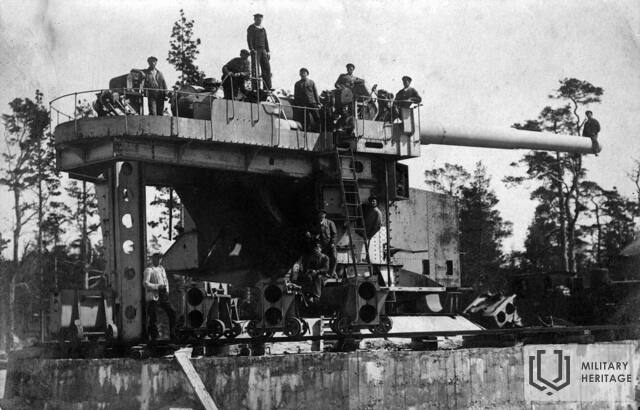12 colių pakrantės baterija Tahkunoje (Nr. 39)
Įtvirtinimas

Pagal įvairius Sankt Peterburgo jūrų gynybos sistemos planus, Estijos pakrantėje turėjo būti pastatyta iki penkiasdešimt pakrantės baterijų. Buvo suplanuotos trys 14 colių baterijos, bet nė viena nebuvo užbaigta. Buvo suplanuotos šešios 12 colių baterijos, bet užbaigtos tik keturios: Aegnoje, Naisare, Servėje ir Tahkunoje.
Kadangi pradiniuose planuose salose nebuvo numatyta jokių baterijų, karo meto statybos darbai buvo skubiai atliekami pagal supaprastintus brėžinius – nešarvuota artilerija buvo išdėstyta neuždengta ant apvalių betoninių platformų (15 m skersmens, 2 m aukščio, 4,5 m gylio). Tahkunoje buvo atlikta tik apie dešimtadalis betoninių darbų. Keturios pabūklai išdėstyti dviem poromis, atstumas tarp pabūklų – 64 m. 1917 m. birželį pabūklai buvo sumontuoti ant platformų ir atlikti bandomieji šaudymai. Rudenį buvo pranešta, kad baterija yra paruošta kovai, nors sumontuotas tolimatis buvo mažas ir neleido baterijai tiksliai šaudyti maksimaliu atstumu. Baterijoje tarnavo 220 kareivių.
12 colių patrankos vamzdžio ilgis buvo 15,8 m, svoris – 50 tonų. Sviedinio svoris – 450 kg, o sprogstamojo užtaiso – iki 156 kg. Didžiausias šaudymo nuotolis – 28 km. Vamzdžio eksploatavimo laikas – 300 šūvių, po to vamzdį reikėjo pakeisti. Tahkunos baterija buvo vienintelė 12 colių Estijos baterija, kurioje pabūklai išliko nepažeisti, nors, remiantis naikinimo komandos ataskaita, pabūklai buvo sunaikinti. Vamzdžiai buvo nugabenti į Naisaarą 1920-ųjų pradžioje baterijos renovacijai, tačiau šie darbai niekada nebuvo baigti. Vienas atsarginis vamzdis iš Naisaaro 1934 m. buvo parduotas Suomijai.
Šiandien Tahkunoje išlikusios visos keturios patrankų platformos, rodančios etapus, kai statybos darbai turėjo būti nutraukti. Trečioji pozicija yra labiausiai išbaigta. Patrankų platformos daugiau nei šimtmetį buvo veikiamos oro sąlygų, nepaisant to, betonas yra puikios būklės, o visi varžtų žiedai yra pilni. Tik betoną dengiantis samanų sluoksnis kasmet storėja, o aplinkinis miškas tankėja. Už patrankų platformų miške yra daugybė slėptuvių ir apkasų liekanų, pora betoninių pamatų, atpažįstama geležinkelio užtvanka ir drenažo grioviai. Maždaug 200 m į pietryčius nuo pirmosios patrankų platformos yra didelis susprogdinto šaudmenų rūsio krateris.




